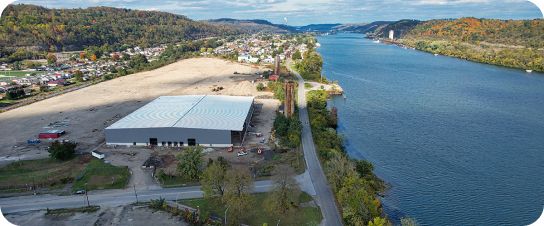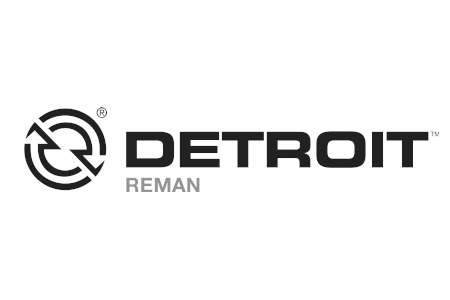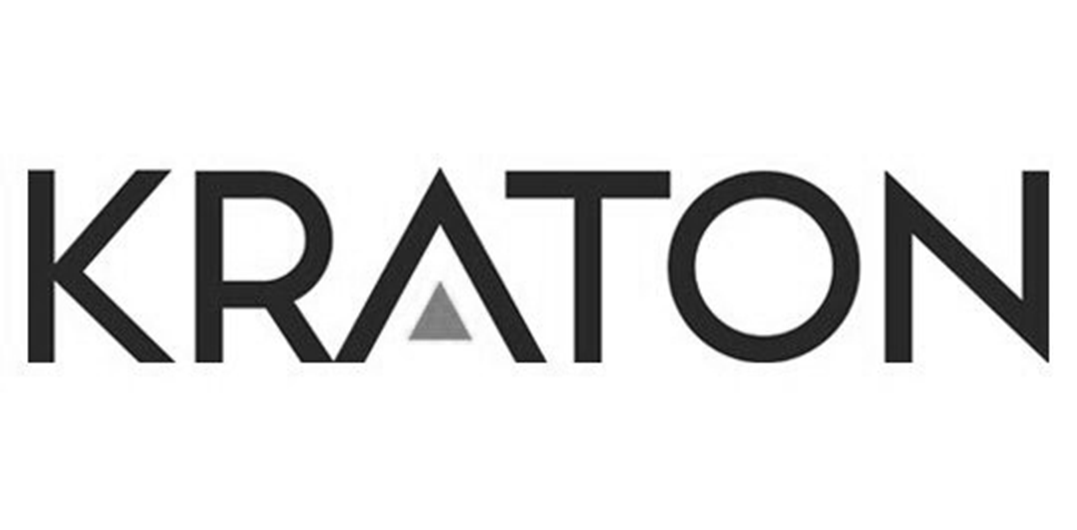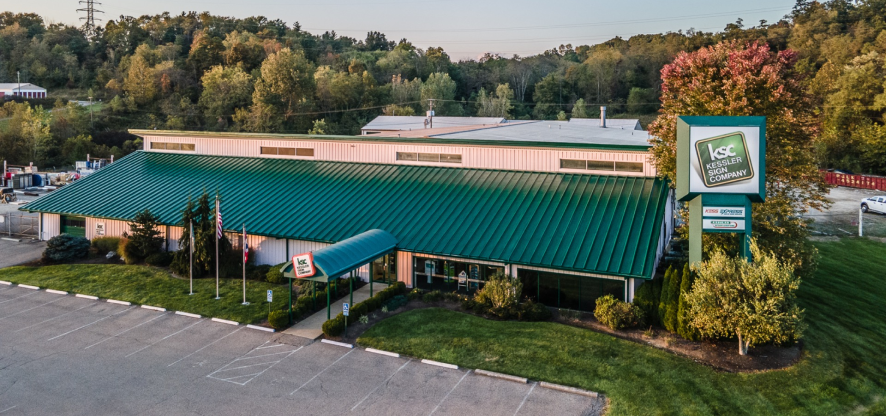Find your foundation for Growth in Southeastern Ohio
With its abundance of developed industrial sites and natural resources, Southeast Ohio is the ideal home for a variety of industries.
Let's get started!





Why Southeastern Ohio?
Imagine your business thriving in a community that values your presence, with costs under control, and a workforce that's as committed as you are.
Abundant Energy
The large hardwood forests and natural gas wells unique to this part of the state serve as engines for commerce.
Multi-modal transportation options
Keep your supply chain flowing with easy access to highways and interstates, Class 1 and short-line rail access, and Ohio River access.
Affordable real estate
Building costs less in Southeastern Ohio, where we're still selling land for $60K an acre or less.
Plentiful, loyal workforce
One in four workers here commutes outside the region. We have a labor surplus, with workers eager to stay inside their community for good jobs.
Competitive cost of living and wages
The cost of living in our region is 11% lower than the national average. And average manufacturing wages are 23% lower than the national average.
Work in proximity to successful industrial and manufacturing brands
More than 30 Fortune 500 companies and international businesses from 21 countries call Southeastern Ohio home.
























Featured Properties
While we have hundreds of properties for sale or lease in the OhioSE region, we feature eleven here that have much (or all) of the due diligence and other studies done, as well as necessary infrastructure in place.
View all propertiesExplore
Our Core Industries
Seven varied industry sectors produce raw materials, root materials, supply chain components and finished consumer products.
From exploration to expansion
How you can work with OhioSE to find your ideal location and resources for growth.
Reach out
Call us to discuss your goals and what your business needs to thrive.
Find sites and resources
Our team will gather and present a tailored package of available sites, data, and workforce insights, along with due diligence studies and available incentives.
Enjoy low costs and high rewards
Review your comprehensive plan and confidently make the best decision for your company’s growth in Southeastern Ohio.
Our Impact
JobsOhio and OhioSE have helped create:
-
440 +
company expansion, attraction, and site projects
-
$15.7 + Billion
in new capital investment
-
12,600 +
new jobs created across the region
-
47,200 +
retained jobs across the region
About
OhioSE
OhioSE is the liaison for companies looking to locate or expand in our 25 county region of Southeastern Ohio. We are the ones with our ear to the ground, a wealth of data at our fingertips, and a network of resources that’s second to none.
See how we help.
OhioSE News
Milo’s Whole World Gourmet Announces Expansion in Athens County

Milo’s Whole World Gourmet announced an investment of $130,000 to expand its Nelsonville operations, creating four new jobs. In addition to manufacturing its own line of glass bottled sauces, Milo’s offers co-packing services for other bottled sauce and jam products....
Read More
Community of Coshocton Celebrates Grand Opening of The Coshocton Collaborative

The Coshocton Collaborative, a revitalization project designed to foster small business growth and economic development in downtown Coshocton, celebrated its grand opening today.
Read More
Cole’s Coatings LLC Announces Expansion in Hillsboro, Ohio

Cole’s Coatings announced an investment of over $70,000 to renovate its new facility in Hillsboro, Ohio. Operating since 2021, Cole’s Coatings is a powder coating shop serving individuals and manufacturers in Highland County. The company offers powder coating for metal...
Read More
Integrity Propane LLC Announces Expansion in Newcomerstown

Integrity Propane LLC announced an investment of $129,000 to expand operations in Coshocton County. Established in 2022, Integrity Propane provides safe, reliable, affordable propane services to commercial, manufacturing, and residential customers in Coshocton County and the surrounding area.
Read More
Midwest Air Announces Expansion in Adams County

Midwest Air LLC announced an investment of $430,000 in Adams County, creating two new jobs. Midwest Air provides agricultural services using drones and software to improve crop yield and efficiency.
Read More
OhioSE Celebrates Assisting Over 100 Small Businesses

Since 2020, 109 companies in Southeast Ohio have utilized the JobsOhio Small Business Grant to fuel business growth, creating over 450 jobs and leveraging over $38 million in fixed capital investment across the region.
Read More
Hocking Hills Garment Center, LLC Announces Expansion

Hocking Hills Garment Center, LLC, today announced an investment of over $140,000 in its Buchtel Village facility, creating 20 new jobs. This investment is supported by a $50,000 JobsOhio Small Business Grant.
Read More
R L Waller Construction Announces Expansion in Ross County

R L Waller Construction, in collaboration with JobsOhio, OhioSE, and Greater Chillicothe & Ross County Development, today announced expanding their operations in Ross County, creating four new jobs.
Read More
Kessler Sign Company Announces Expansion in Zanesville, Ohio

Kessler Sign Company today announced an investment of $350,000 to expand its operations in Zanesville, Ohio, creating four new jobs.
Read More








